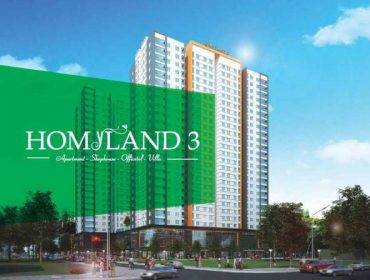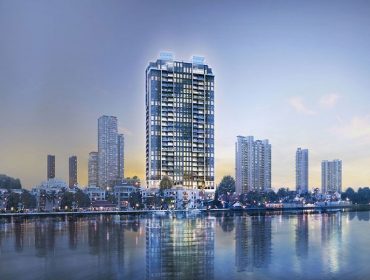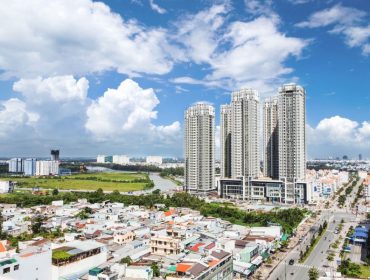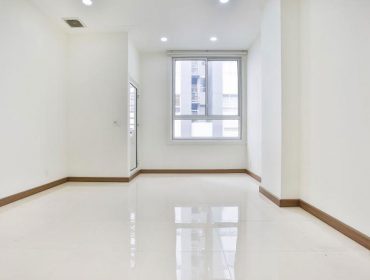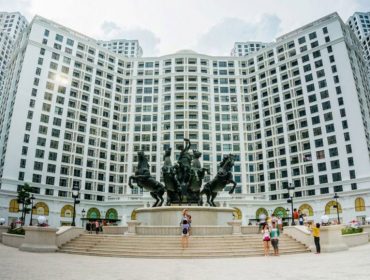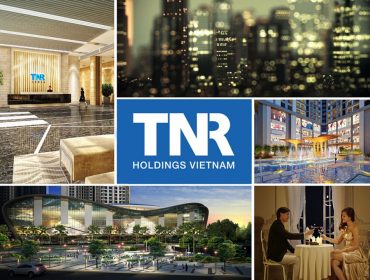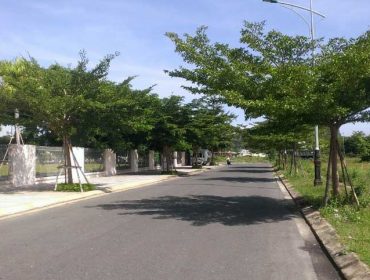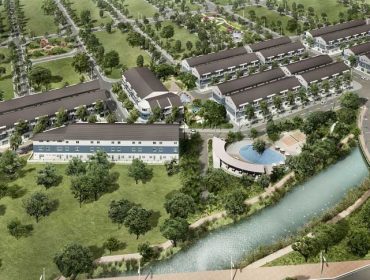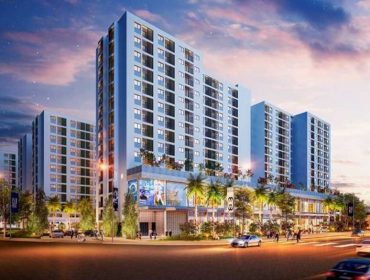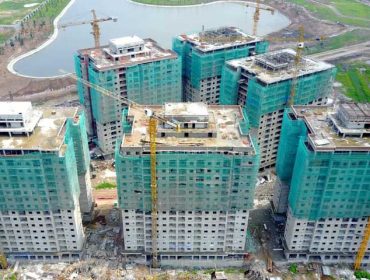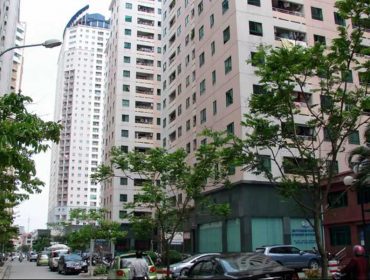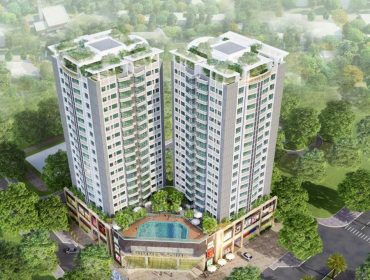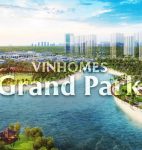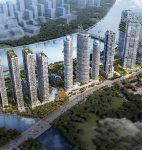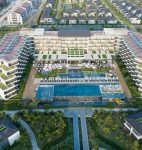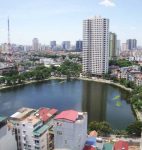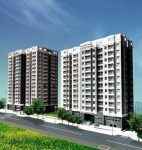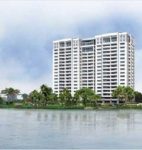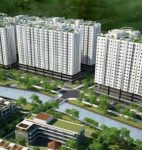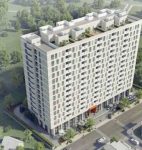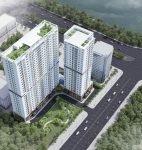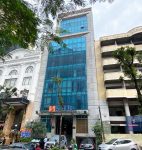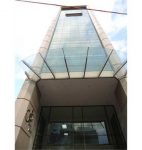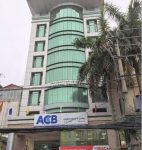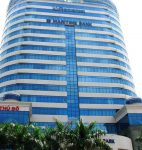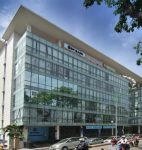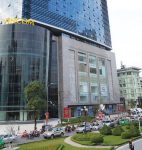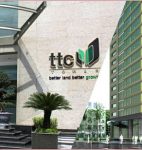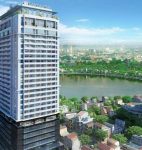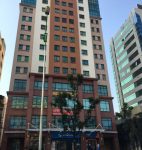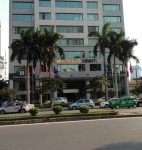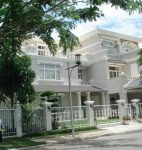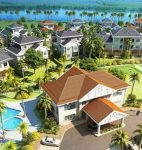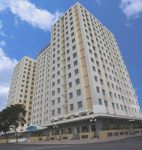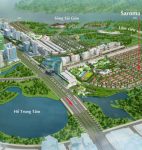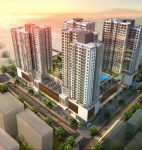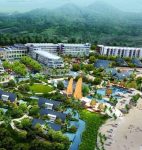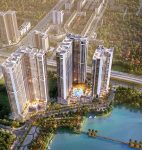Hotline:
(+84) 898 898 688Real Estate And The Story Have A Silent Cash Flow Backward
Instead of investing in real estate in Vietnam, many Vietnamese are increasingly interested in foreign markets such as Southeast Asia, Europe, Singapore, USA or Australia.
Trends of offering real estate for foreigners
In August, the first time a luxury apartment project of Malaysia was introduced in HCM City to attract individuals and businessmen to invest in apartments in Kuala Lumpur. 58-storey Star Residences Two, a 48-unit apartment complex, is located in the Star Residences complex and apartment complex, developed by Malaysia’s major real estate group UMLand and Symphony Life.
The project was introduced to Vietnam by Anpha Holdings (Vietnam) through strategic cooperation with international property company PropNex International (Singapore). The price of Star Residences Two apartment ranged from $ 5,754 – $ 6,851 per sqm.
Introducing the project of his apartment in Vietnam, according to the owner of the Government of Malaysia has a policy for foreigners to buy houses named “Malaysia, your second home” (Malaysia My Second Home – MM2H).
Accordingly, foreigners are individuals and businesses who can buy real estate in Malaysia to live with their family or retirement, regardless of nationality, religion or gender. Foreigners can participate in this program with dependents (spouse, children, parents) and even domestic helpers.
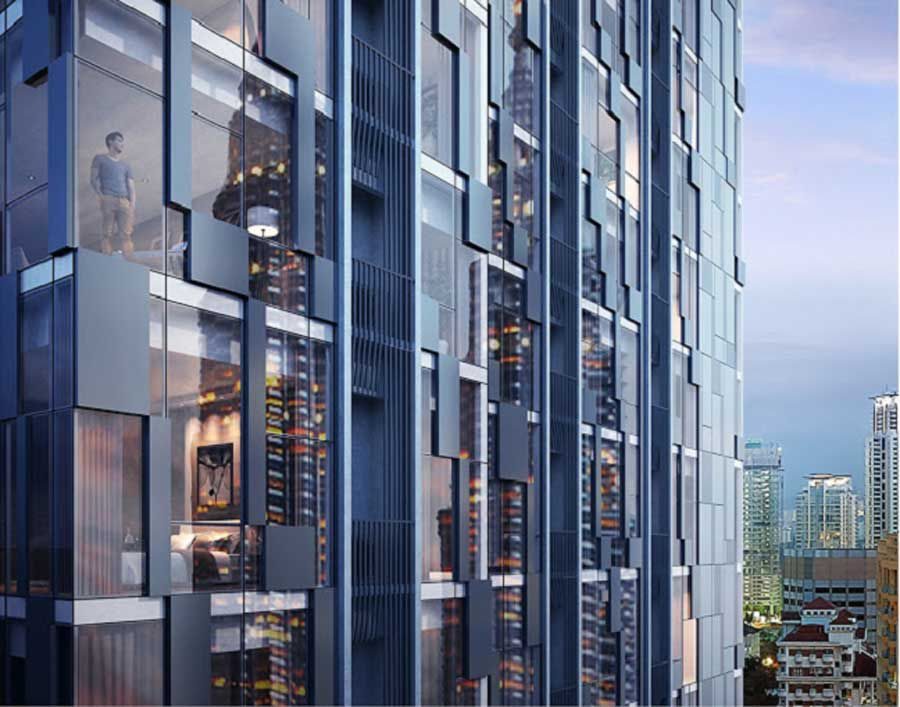
illustration
If approved, the Malaysian government will grant a 10-year visa to a foreign national and then extend it. In addition, children under the age of 18 are given priority in public or private schools in Malaysia.
In addition to Star, Residences Malaysia opened for sale, three apartment complexes were developed by GuocoLand Limited (Singapore), including Wallich Residence – Singapore’s tallest tower; Sims Urban Oasis and Leedon apartment complex were also introduced in Vietnam in September,
The 181-room Wallich Residence project is located in the heart of Singapore CBD, on Tanjong Pagar MRT Station. Meanwhile, Sims Urban Oasis is located in the crowded center and the real estate growth spot in Singapore. The project is surrounded by many MRT stations, commercial centers, Singapore’s iconic Sports Hub, especially adjacent to the James Cook University Campus.
IFIG Australia also introduced two projects in Melbourne, including Upper Point Cook and Alwood in March and West Side Place in Melbourne in June.
Recently, Grand Aster Usa LLC, in conjunction with Florida Investment Company, has launched and sold the Balmoral at Water’s Edge project in Florida to customers in Vietnam. This project consists of 245 villas with 3 to 8 bedrooms with prices from §347.826- §521.739 per unit.
What do you see from the backflow of money?
There are no accurate statistics on the amount of money poured overseas to invest in real estate. However, the latest report from the National Association of Realtors (NAR) announced that Vietnam has consistently reached the top 10 countries with the highest number of homebuyers in the United States. In the period from April 2016 to March 2017, Vietnamese spent more than $ 3 billion to buy real estate in the country.
Since 2009, the NAR has begun an annual survey based on its members. This is an important premise for the annual report on the status of foreigners buying houses in the United States. According to the NAR, Vietnamese-American citizens buying houses will not be counted as Vietnamese buyers. The 2017 report is based on a random survey of 207,691 members of the NAR.
In other words, the NAR report may only partially reflect the situation of Vietnamese home buyers in the US. The figure of more than $ 3 billion could actually be higher or lower if there is an official and comprehensive investigation by the US government.
In addition to investing in US homes, Vietnamese people spend hundreds of millions of dollars investing in the United States under the EB-5. EB-5 is a settlement program, also known as the EB-5 program, which is part of the US immigration system. This project allows for a minimum investment of $ 500,000 in assets or business items approved by the US government and reimbursed after a permanent green card and when participating, investors will obtain green cards. for the whole family and then officially became a US citizen.
According to statistics from EB-5 Investment Consulting Company, which has a transaction office in Ly Thuong Kiet Street (Hoan Kiem, Hanoi), the number of US visa visas for EB-5 investment increased from 121 visas (five 2014) to 280 visas (2015) and 334 visas in 2016. With this number of new visas, Vietnam ranks second only to China.
The tens of billions of dollars spent on travel, study and medical services are not only spent in the United States, Australia and Canada, but in Vietnam.


illustration
According to statistics of the Vietnam Tourism Association, in 2016, about 6.5 million Vietnamese visitors to foreign travel, up about 15% over the previous year, and spending from 7-8 billion USD. There are over 110,000 students studying in 47 countries with tuition fees ranging from $ 30,000 to $ 40,000 per year. It is estimated that Vietnamese spend about $ 3 billion a year on international education. Similarly, in the health sector, the Ministry of Health estimates that every year Vietnamese people spend $ 2 billion in medical treatment abroad.
According to the Government’s Decree No. 70/2014 / ND-CP of July 17, 2014 detailing the implementation of a number of articles of the Ordinance on Foreign Exchange and the Ordinance Amending and Supplementing a Number of Articles of the Ordinance on Foreign Exchange , Vietnamese citizens may only transfer or bring foreign currencies abroad for overseas study and medical purposes; traveling, traveling, visiting abroad; to pay charges and fees to foreign countries; allowances for relatives living abroad; Transfer of inheritance money to overseas heirs; transfer money in case of permanent residence abroad; One-way money transfer for other legitimate needs.
The Ordinance on Foreign Exchange also states that residents being economic organizations, individuals and other subjects permitted to invest abroad must open a foreign currency account at an authorized credit institution and register with the bank of Viet Nam. The transfer of foreign currency abroad for investment must be made through this account.
Moreover, Decree No. 83/2015 / ND-CP stipulates that the foreign currency transfer limit does not exceed 5% of the total investment capital and not exceeding the US $ 300,000, which shall be included in the total investment capital abroad.
However, it is only a regulation for investment (registered, licensed), while the purchase of housing for personal purposes is not regulated. Therefore, people who buy houses to live also have certain difficulties. However, this is also a gap that could create non-transparent remittance operations taken under house purchase.
On the way out, each Vietnamese individual can only carry a maximum of $ 5,000 or another foreign currency of equivalent value. In this way, it must pass dozens, even hundreds of exits to accumulate enough money to buy a home. Not to mention that all Vietnamese people have foreign currency available when they need to be transferred or brought abroad, most of which are converted from Vietnamese Dong.
You are reading the article “Real Estate And The Story Have A Silent Cash Flow Backward” in the section “Real Estate News” on the website: https://realestatevietnam.com.vn/
All information sharing, feedback please email to contact.vietnamrealestate@gmail.com, Hotline (+84) 898 898 688 (24/7).
Thank you for visiting our website!

